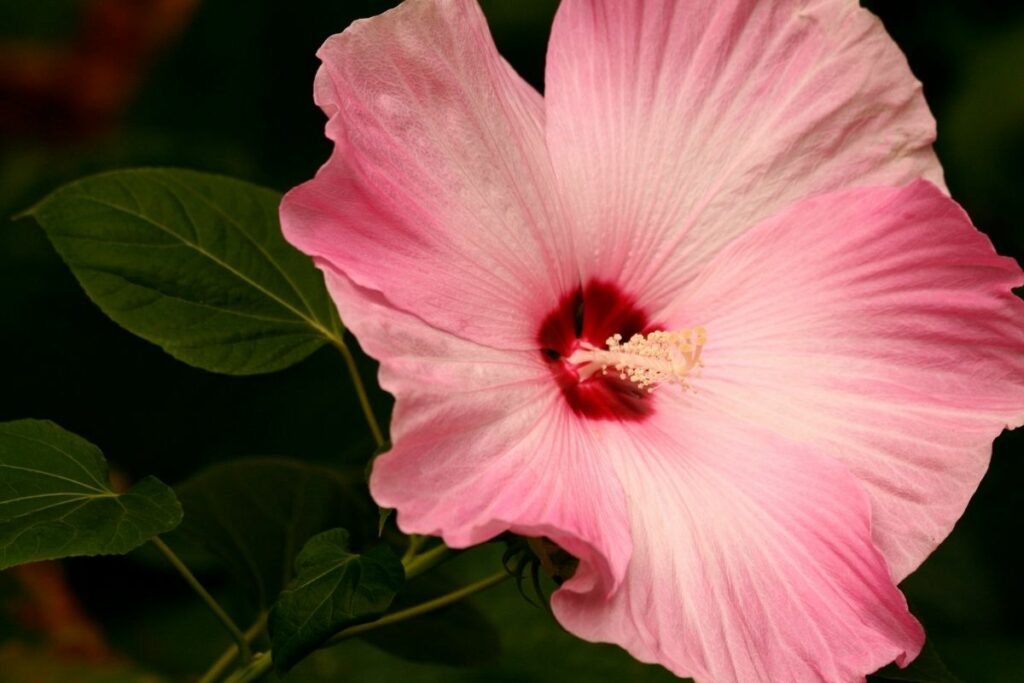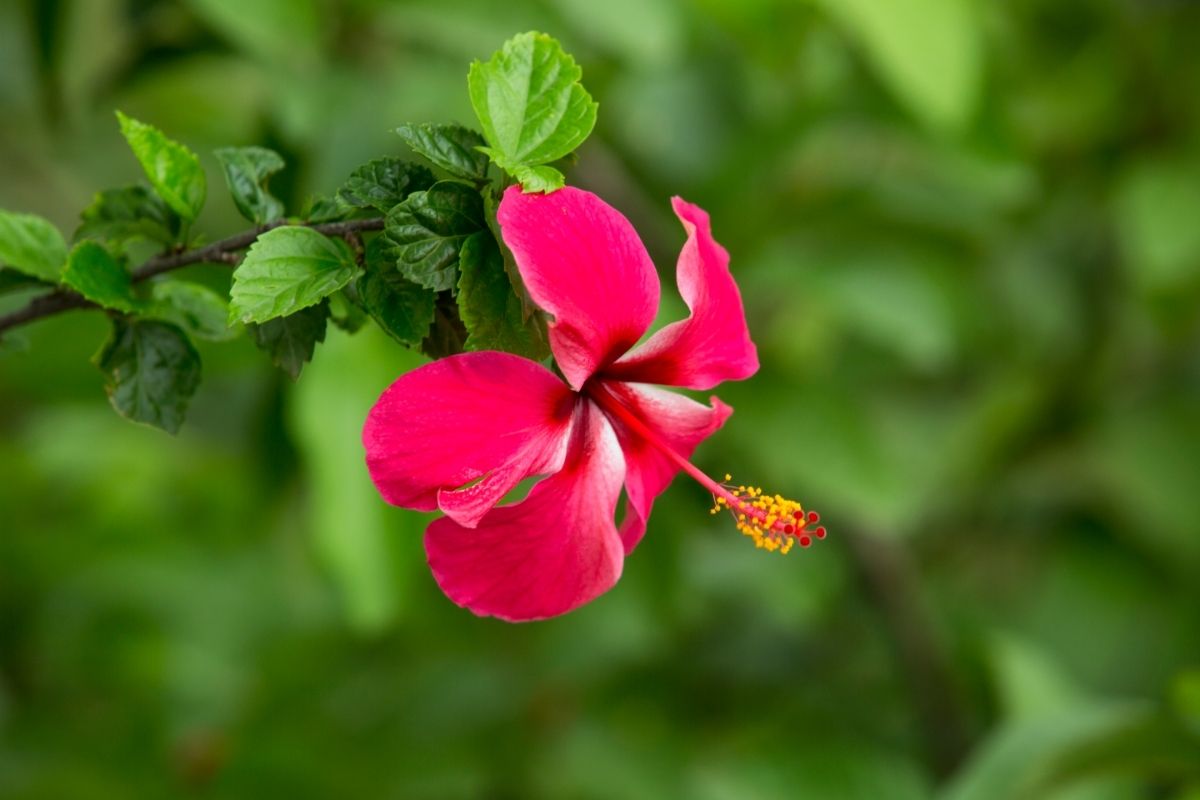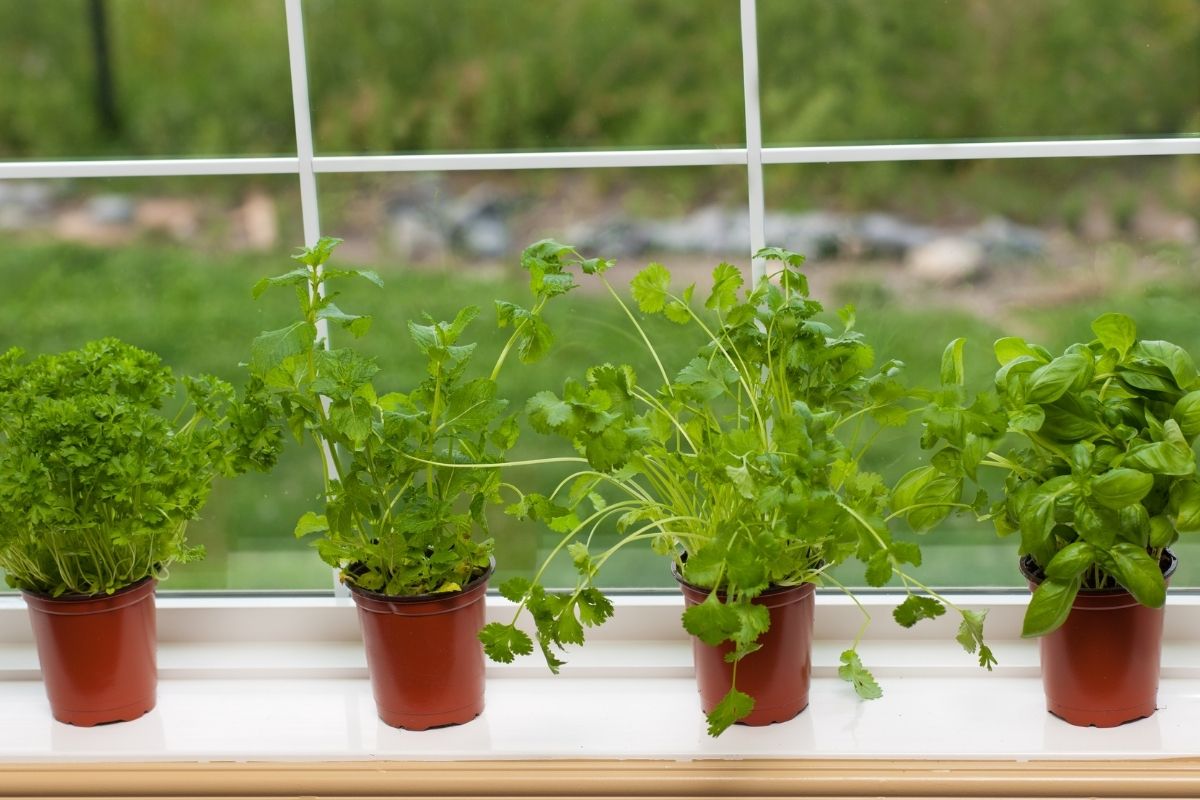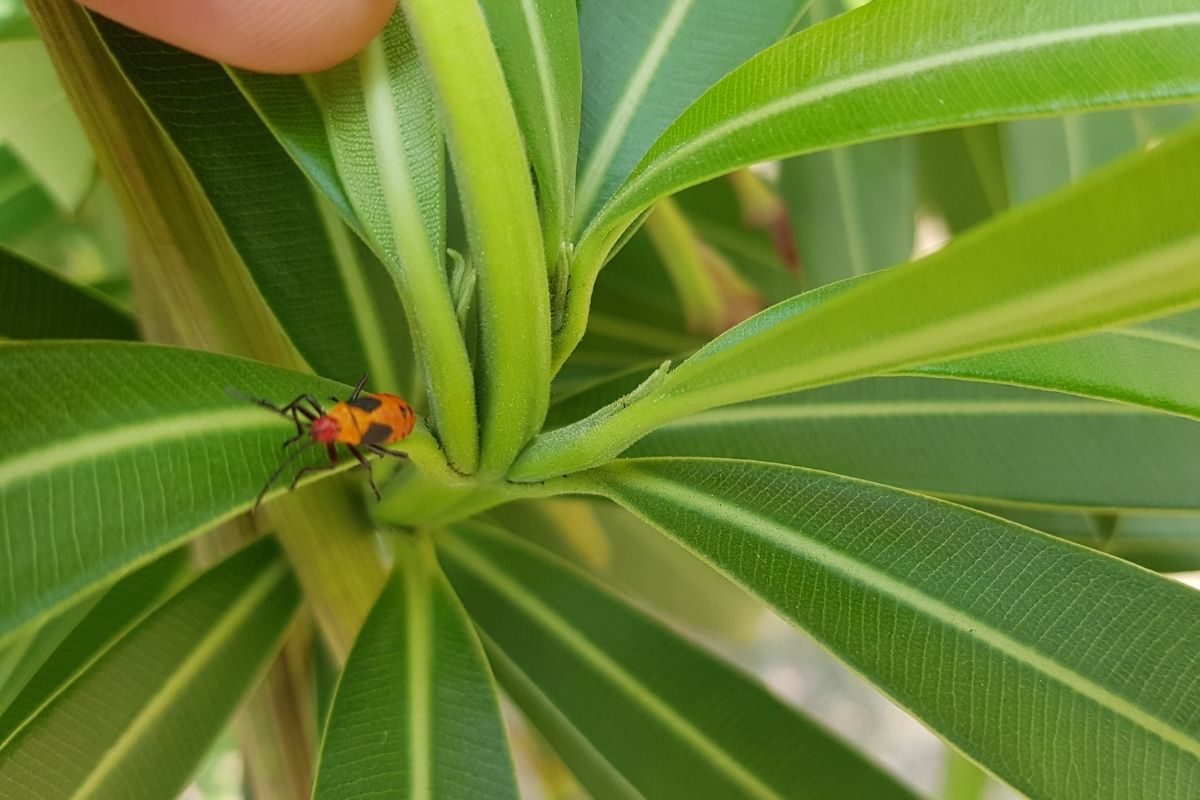
Hardy Hibiscus is a beautiful plant that adds dynamic color to just about any room.
But how do you keep them the right size? An indoor plant that gets too big can be pretty overwhelming. Follow these quick tips to keep your hibiscus plant looking lovely and the ideal size.
Hardy Vs Tropical
The first thing you need to establish is whether you have a tropical or Hardy Hibiscus. This is because care and pruning techniques will differ.
The easiest way to tell what type of hibiscus you have is to look at the color of the flowers. Orange flowers, yellow, salmon, or peach tend to only be grown on the tropical hibiscus.
Similarly, look out for double flower heads as these are also unique to the tropical variation.
Hardy Hibiscus is likely to be white, pink, or red and is deciduous, compared to the tropical variation’s evergreen properties. The Hardy Hibiscus’ leaves are lighter and in a different shape to that of a tropical plant.
The final obvious difference is the size of the plant. The Hardy Hibiscus is much larger than the tropical.
Hardy Hibiscus Pruning
One trick to keep a Hardy Hibiscus a nice size is to regularly prune your plant. This will make sure that it does not get overgrown.
It is recommended that you cut the stems quite close to the surface of the topsoil. Be sure to leave some stubs, so you know what is in your pot!
The Hardy Hibiscus will start growing in mid to late Spring. Don’t worry if you feel that it is taking an age to get growing – it is one of the last plants to start growing after the new year.
The Hardy Hibiscus can withstand quite severe pruning so don’t be afraid to cut back any leggy limbs or stringy branches.
Snipping these away during a prune will help keep your plant looking neat and prevent it from getting too tall.
We recommend that you don’t prune your plant after Fall. This is because your plant will not be in an active growth phase after late summer so will not be able to ‘heal’ from the pruning.
To this end, you may find it better for the health of your plant to cut away dead or weak leaves, flowers, or shoots as soon as they appear after shoots begin to sprout. This will keep your plant healthy and looking its best.
Hardy Hibiscus Shaping
Because the Hardy Hibiscus tolerates pruning so well, you can easily cut them into your desired shape.
If you want a bushier plant, for example, you can easily modify your pruning technique to encourage dense new growth. Simply cut back the stems by around 50% once you feel that they have developed enough to produce a nice shape.
We recommend that you cut just above the node on the stem as this will give you the best chance of your Hardy Hibiscus flowering.
Keep in mind that the direction of the node dictates which direction the new growth will take, an upward or outward facing nodes are the best as your plant will develop into a pleasing display.
If you want your Hardy Hibiscus to form a dome shape, simply make sure that the center of the plant is higher than the outside. You may find it easier to take several steps back and look at your plant from afar to see how your shape is progressing while you prune.
If you want to encourage your Hardy Hibiscus into a tree, it is wise to begin training before new growth begins in earnest. Simply find the strongest stem in your hibiscus and stake it, so it can remain upright.
This will be the ‘trunk’ of the new tree. Now you need to remove the other stems. You can keep a couple if you want to create a tree with multiple trunks, but we do not recommend keeping more than five.
Now prune all stems – apart from the ones you are keeping. Cut away all branches and stems from the bottom two-thirds. Next, you need to trim the canopy and this is the ideal time to crop the plant down to your preferred size.
Leave your ‘tree’ to grow – pinch away any new shoots as they appear on the central stem.
Quick Tips
Follow these quick tips for the maximum chances of success every time.
Pruning Shears
Firstly, be sure to disinfect your shears before and after you use them. You need to make sure that you are using clean blades for each plant as it is easy to transfer diseases or fungi when pruning.
Appropriate disinfection will help protect all of your plants and keep them super healthy.
You can use a cloth that has been dipped in rubbing alcohol and rub it over the blades. You could also dip the blades in diluted bleach and then rinse well, or other household disinfectant cleaner.
Whatever you use, be sure to rinse the blades well so that no harmful chemicals come into contact with your plant.
Before you disinfect your blades, it is perhaps wise to think about how sharp they are. Sharp blades make clean cuts. Clean or straight cuts heal quicker and more efficiently than ragged cuts, helping your plant to stave off potential infections.
If you are using your shears regularly for several plants, you may need to sharpen them every six weeks. You can use a whetstone or other knife sharpener to do this.
Shaping
As the hibiscus is so hardy and can tolerate pruning, do not be afraid to shape your plant the way you want. You can try basic dome shapes or something more exciting like creating a mini tree.
If you do want to try shaping, we recommend that you have a look at some basic bonsai techniques.
The principles of bonsai can be widely applied to other potted plants and, because a lot of bonsai art focuses on the shape of the tree, you can pick up some techniques to spruce up your Hardy Hibiscus.
Final Thoughts
The Hardy Hibiscus is just that – hardy. It will happily live indoors as long as it has access to enough sunlight.
Some people are tempted to inhibit the growth of their Hardy Hibiscus by keeping them at suboptimal conditions. This is a bad idea! The best way to stop your plant from getting too tall is to prune regularly.
Regular pruning makes way for all sorts of additional creative options. Why not try shaping your hibiscus or even creating a cheat bonsai tree? Happy gardening!
- Best Hanging Plant For Low Light - September 4, 2023
- Best Indoor Plants Florida - August 28, 2023
- Best Plants For Bathroom Smells - August 21, 2023








